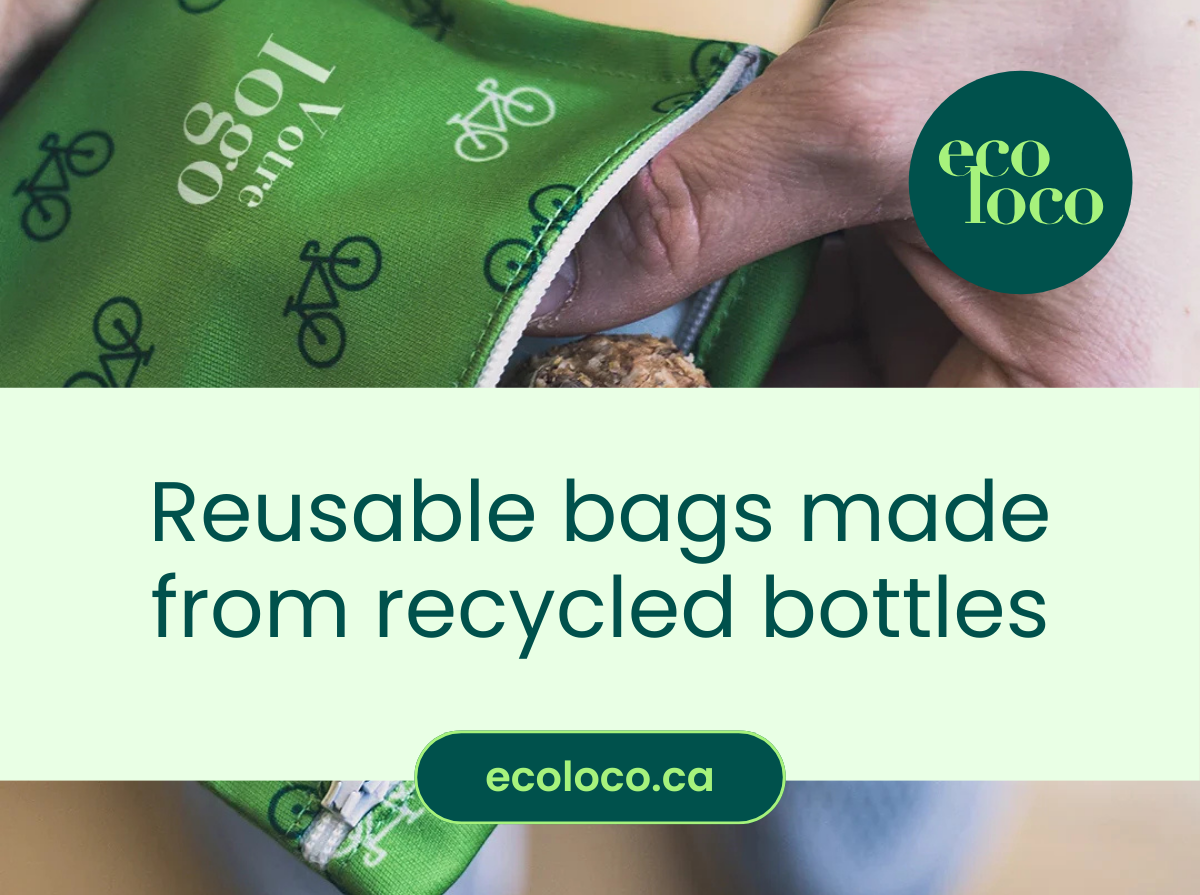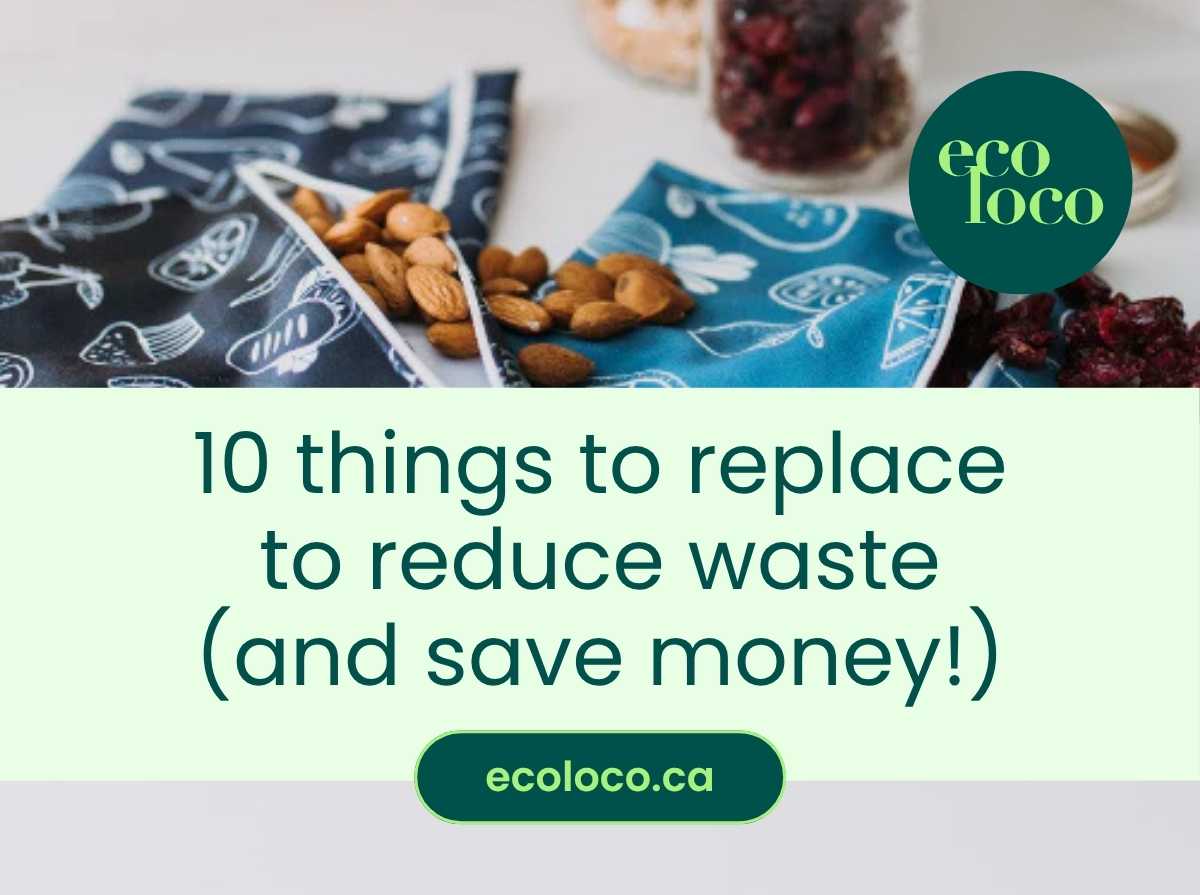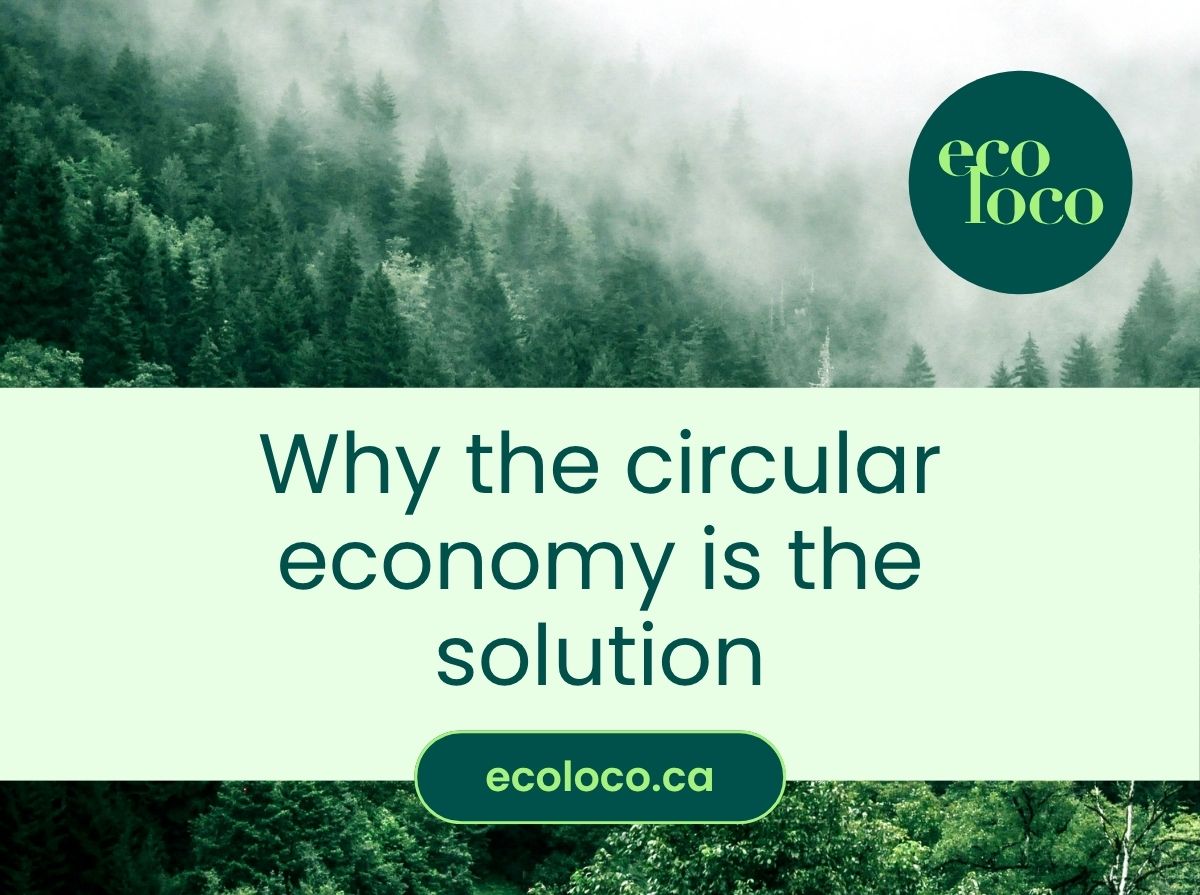We cannot foresee for a fraction of a second that a new cotton t-shirt could be sold at $3.50 each. However, do your research, it does exist in several physical and virtual stores.
But how can this be possible? And what is the consumer really buying when they buy a sweater at this price?
The “journey” of a t-shirt
First of all, on board, for each step, we must keep in mind that there are employees who must do the handling.
Step 1: growing cotton

Initially, the land must be prepared, the seed planted then watered with water and pesticides before reaching maturity to give the desired fiber. It will then be harvested by machines requiring gasoline.
It is estimated that 25% of the world's pesticides are used on cotton alone.
Step 2: spinning the cotton
To undergo the second stage, the cotton fiber must be transported to another location with the necessary machinery, again through a means using fuel, where it will be cleaned (water) and spun (energy).
Step 3: weaving cotton into textile
The yarn is then woven in different ways to obtain the desired textile.
Step 4: coloring

This step can take place during spinning or when the textile is completed. It again requires water and dyes that are more or less toxic depending on the process . Here, although grandiose, we will ignore the ecological cost of dye discharge into waterways...
Step 5: drawing, cutting and sewing
The textile is then transported to a workshop in which different employees will work hard in assembly line work to cut it and then sew it for a desired result.
Step 6: transport to a point of sale
If, for example, the sweater leaves China to go to Quebec, it will have to travel approximately 12,500 km again... With us, buyers and representatives will work together to get the best part of the pie.
Step 7: the point of sale itself
The sweater will first end up in a warehouse from where it will most of the time be transported to a store. Transport here can be quite local but the facilities and electricity at the outlets are not insignificant.
In summary :

- There will be at least a dozen employees involved in making a t-shirt and selling it. So, 3.50 / 12 = $0.29 per employee! It's a crude calculation, but it gives you an idea, right?
- One of the major cotton growers is the United States. It is therefore cultivated there, transported for example to China where it is transformed and returns to America to be sold there. This can be more than 25,000 km of transport.
- 10,000 liters of water are used to make one t-shirt.
- 25% of global pesticides are used for cotton cultivation.
- Several machines are necessary (cultivated, transported, transformed, etc.).
For a company to be able to produce sweaters so cheaply, there is certainly no magic.
The three elements that are the most expensive are raw materials, transport and human resources. Transport here is very inflexible, we even see a rise in prices on this subject .
What this ultimately results in are very poor quality sweaters that will quickly deform, lose their color... and which are created in totally unacceptable working conditions and still exist today, in part by children.
It is therefore a grandiose pollution and a blatant lack of ethics that is encouraged when they are purchased.
Ecologically yours,














0 comments